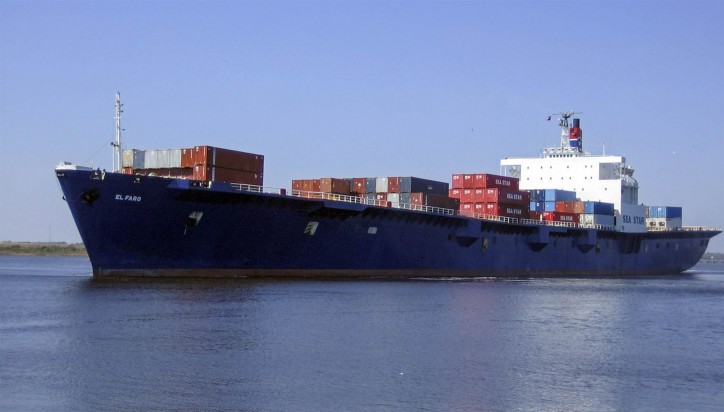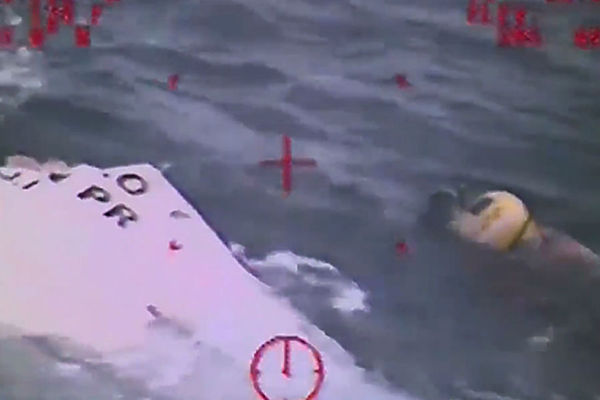The entire investigation into the loss of TOTE Maritime Puerto Rico ship will take 12-18 months, but the NTSB will release findings on an "as needed" basis in advance of its final report.
The National Transportation Safety Board (NTSB) will use search and recovery experts in an attempt to locate the wreck of the TOTE Maritime Puerto Rico cargo ship El Faro in the hopes of recovering the voyage data recorder on board the ship.

Advances in submersible technology, including those honed through exploration of the wreck of the Titanic, have given investigators the ability to work at the seafloor even in the deep waters where the El Faro is believed to have sunk last week as it approached the eye of Hurricane Joaquin near Crooked Island in the Bahamas.
Bella Dinh-Zarr, vice chairman of the NTSB, said Thursday night that the U.S. Navy will commence a search for the El Faro on behalf of the NTSB, document it, and if feasible, recover the voyage data recorder that would contain both voice recordings from the bridge and data, including navigation information. But she cautioned such an operation is "very complex."
First the Navy will have to locate the ship and the ability to recover the recorder will depend on, among other things, how the ship is positioned on the bottom of the ocean. Dinh-Zarr said the Navy operation would begin in the next several weeks, but is dependent on the weather.
The entire NTSB investigation is likely to take 12-18 months to conclude, but the agency may issue an accident docket in six to nine months in which it will start revealing information gleaned from its investigation. Dinh-Zarr invited the public to contact the NTSB if it they have relevant information.
She indicated there will be an information blackout from “parties” to the NTSB investigation which today includes four organizations: the NTSB itself, U.S. Coast Guard, TOTE, and American Bureau of Shipping.
“All of our parties are complying with that requirement and they are cooperating fully with the NTSB investigators in helping to gather the facts. It is only the NTSB who will provide information related to this accident investigation."
 Dinh-Zarr said NTSB is still discussing exactly what equipment it needs for the investigation, but Christopher Johnson in the Naval Sea Systems Command Public Affairs office said the Navy was already preparing several pieces of search and salvage equipment that could be used in the operation.
Dinh-Zarr said NTSB is still discussing exactly what equipment it needs for the investigation, but Christopher Johnson in the Naval Sea Systems Command Public Affairs office said the Navy was already preparing several pieces of search and salvage equipment that could be used in the operation.
These include a towed pinger locator designed to listen to the sounds emanating from a voyage data recorder, a system that has side-scan sonar, and a remotely operated vehicle (ROV) that can take pictures and manipulate things on the ocean floor.
The voyage data recorder begins pinging when it is submerged in water and has a battery life of about a month. But Dinh-Zarr said beyond a month, other means can be used to search for the black box.
If the wreck is found the ROV has “a suite of tools that can manipulate things if necessary,” said Johnson. Investigators in a ship on the surface can manipulate the ROV, which is connected by a fiber optic cable.
The equipment would be operated by Phoenix International Holdings of Largo, Md., which has a contract with the Navy for search and recovery work. Phoenix has done work for the Navy to locate and recover equipment at similar depths including a U.S. Air Force F-16 aircraft from over 16,400 feet of seawater.
Related news: USCG found debris of missing Ro-Ro cargo ship El Faro lost in Bahamas in Hurricane Joaquin (VIDEO)
UPDATE: Body found in search for U.S. ship El Faro that vanished in hurricane
Source: americanshipper.com